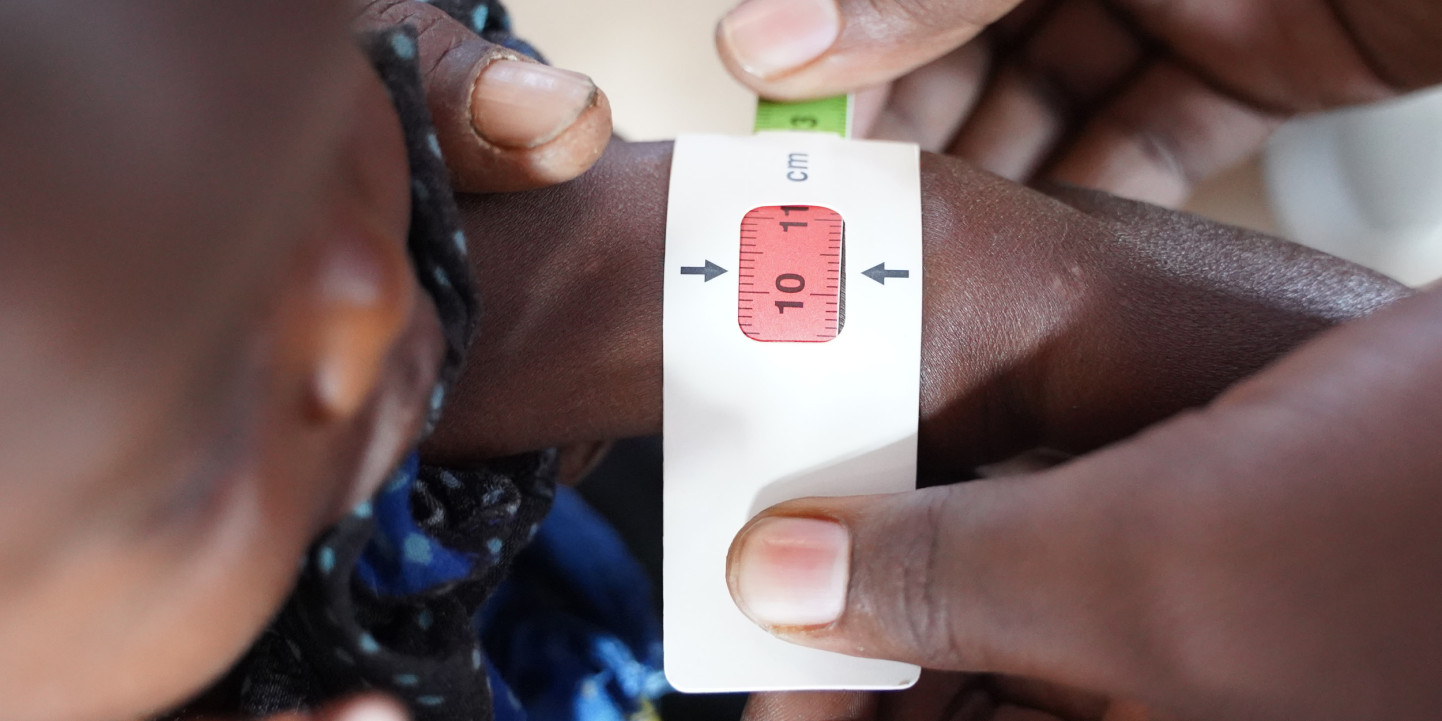One favourite memory of my teenage years is staying up all night with friends watching the Live Aid Concert in July 1985.
Bob Geldof, lead singer of the Boomtown Rats, organised the concert to raise funds for famine relief in Ethiopia. A few months earlier, Geldof had recruited a who’s who of (mainly British) artists, who, going by the name Band Aid, recorded the song Do They Know it’s Christmas to raise funds for the same cause.
It is estimated that up to 1.2 million people died in the Ethiopian famine in the 1980s. Sincethen there have been two famines in Somalia (in 1991-92 and 2010-11).
The United Nations has been warning for some months now that famine may well be declared again in the Horn of Africa (of which Ethiopia and Somalia are the largest countries) before this year is out. The United Nation’s World Food Programme (WFP) estimates that across Ethiopia, Kenya and Somalia 22 million people are at risk of starvation.
These countries are experiencing their worse drought since the famine that prompted Band Aid and Live Aid in the 1980s.
When malnutrition and death rates get high enough the United Nations will declare that a famine is occurring. The risk of famine is especially high in Somalia. If famines keep reoccurring in this part of the world, does this mean all the aid efforts in the past have been wasted? If so, should we give up on providing aid to Africa? My answer is an unequivocal “no”, to both.
Why is famine back? There are many factors contributing to the current crisis including four years of drought (to which global warming is a contributing factor), higher food prices due to the war in the Ukraine, the Covid-19 pandemic and internal conflict.
The first three of these causes are external.
The Horn of Africa’s contribution to global warming is miniscule, the war in the Ukraine was started by Putin and Covid-19 did not originate in Africa.
Only the civil wars being fought in the two countries are internal, and these are wars many of the people who are hungry did not start. This impending famine is not the fault of the people who are likely to suffer.
It is tempting to view Africa, particularly the Horn of Africa, as a place where people are constantly starving and life is getting worse rather than better. However, a close look at data for Ethiopia shows that this is not the case.
There are many dimensions on which life has improved markedly in Ethiopia since Geldof and others raised money for famine relief nearly 40 years ago. Life expectancy was only 44 years in 1980; by 2019 it was 67 years, a 23-year increase.
In 1980 142 children per thousand died before they reached the age of one; by 2019 this had fallen to 35 per thousand.
Data on the proportion of the population living below the poverty line ($2.15 per day) also show great improvements. In the mid-1990s 65 per cent of Ethiopians were living below the poverty line; by 2015 this was only 27 per cent. This is a massive reduction.
These data all point to very significant improvement in the lives of Ethiopians.
Ethiopia is still a poor country. On average, New Zealanders can afford to buy 18 times what a typical Ethiopian can, but things are getting better.
Live Aid was not a mere Band-Aid. The reductions in the rate of poverty in Ethiopia are largely due to economic growth, with average incomes in 2021 nearly three times what they were in the early 1980s (afer allowing for the effects of inflation).
Most of this increase in incomes has occurred in the last 20 years. In recent times, Ethiopia has enjoyed one of the fastest economic growth rates of any economy in the world.
This economic growth has been due in part to increased investment, especially in infrastructure and manufacturing, with a significant part of this financed by foreign investment. Some major clothing brands are now manufactured in Ethiopia. The government has invested not only in infrastructure, but in health and education.
Somalia’s experience differs to Ethiopia, which may well be due to decades of civil war and political instability.
Data on Somalia are not as plentiful, but one telling statistic is that 69 per cent of the population were living below the poverty line in 2017.
However, there have been improvements in health indicators in Somalia. Life expectancy was 45 years in the early 1980s, increasing to 58 years by 2019.
Although Somalia still has one of the lowest life expectancies in the world, it is moving in the right direction.
Poverty and hunger do not have to be the norm in the Horn of Africa. Ethiopia’s experience over the last few decades shows this.
Even though famine has not yet been declared in the Horn of Africa, people are already dying from hunger. When the death rate gets high enough, famine will be declared.
The people living in the Horn of Africa desperately need the help of the international community, due to a hunger crisis that others have helped cause.
Stephen Knowles is a professor at the Department of Economics, Otago Business School, University of Otago.
Originally published in the New Zealand Herald


